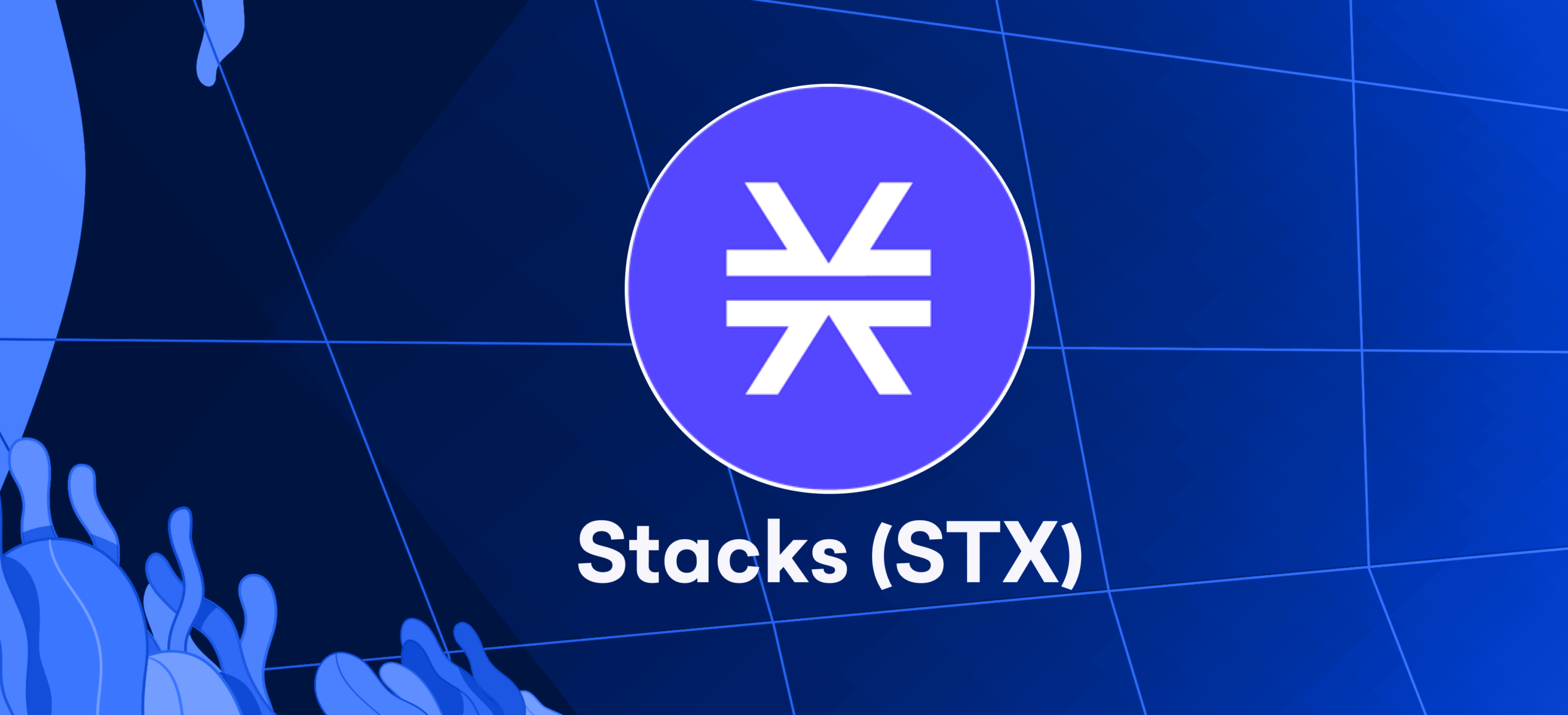
Bitcoin is undeniably fascinating. However, its limitations become apparent when attempting to make everyday purchases or fulfill tax obligations. While Bitcoin serves as a digital currency, it may not be the most optimal choice for practical transactions like buying a simple cup of coffee. This is where central bank digital currencies (CBDCs) come into play, offering a potential solution to bridge this gap.
Many nations are currently considering a transition to fully digital currencies, and some have already started experimenting with them. However, what makes CBDCs different from other digital assets? Let’s explore their distinctions.
CBDCs: The Future of Money Transfers
The traditional mechanisms for transferring funds have not kept pace with other technological advancements. Although the process primarily involves moving data from one location to another, it often proves costly and time-consuming.
Several nations are currently developing a new type of digital currency. These currencies aim to improve the efficiency of payment systems and reduce related expenses. Known as CBDCs, they can be seen as electronic versions of traditional money. However, CBDCs operate on a technologically advanced level, driven by the advancements in blockchain technology.
Numerous countries are expected to adopt these digital currencies in the coming years. However, what is the underlying mechanism driving their implementation?
Understanding Central Bank Digital Currencies (CBDCs
A CBDC is a digital version of a country’s official fiat currency, sanctioned and governed by governmental regulations.
The Structural Spectrum of CBDCs
The creation and management of a CBDC will differ depending on its issuing nation. While some CBDCs might be anchored on blockchain or another form of Distributed Ledger Technology (DLT), others might choose a more traditional centralized database approach. Those built on blockchain will typically use a token to denote the digital representation of the fiat currency.
Drawing the Line: CBDCs vs. Cryptocurrencies:
It’s crucial to distinguish between CBDCs and decentralized cryptocurrencies like Bitcoin:
Origin and Governance: CBDCs are birthed by states and acknowledged as legal tender. In contrast, cryptocurrencies emerge from decentralized platforms and aren’t bound to any single nation or government.
Transactional Boundaries: Even though CBDCs may allow for international transactions, cryptocurrencies like Bitcoin function beyond the confines of national demarcations.
The Global Push towards CBDCs
An increasing number of central banks globally are either contemplating CBDCs or already in the preliminary stages of testing.
China’s Initiative: Launching its DC/EP project (Digital Currency/Electronic Payments) as early as 2014, China is now actively testing the digital yuan in select cities.
European Considerations: In 2020, the European Central Bank (ECB) introduced a discussion around a potential digital euro, outlining its conceivable advantages.
To navigate the changing financial landscape, it’s important to keep an eye on CBDC developments and their potential ramifications on global economies.
Digital Currencies and Government Control: An Overview
A Central Bank Digital Currency (CBDC) functions as a government or authorized company-run digital money system. It operates within closed parameters, limited to designated parties for making changes and conducting transactions. Consequently, this grants considerable authority to the overseeing body, whether it be a government or central bank. With this power, they have the ability to halt transactions, reverse them if necessary, place funds on hold, or even block specific user addresses deemed appropriate.
Many central bank digital currencies (CBDCs) are anticipated to operate on their own distinct systems, often referred to as “blockchains.” These blockchains function as digital ledgers that securely record all transactions. However, some CBDCs may opt to utilize public blockchains, which are accessible to anyone interested in participating. In such cases, the controlled nature of the CBDC blends with the openness of the public blockchain system. This amalgamation offers the advantages of both worlds: the centralized control and supervision provided by central banks and the robust security features inherent in public blockchains.
However, it is important to acknowledge that the use of public blockchains for such crucial tasks may not become widespread in the near future. This hesitancy arises from concerns about whether these public systems are fully equipped to handle such significant responsibilities. Furthermore, there is no universal approach when it comes to the operation of Central Bank Digital Currencies (CBDCs). Each country may adopt and tailor its CBDC differently according to its specific economic needs and objectives.
Types of CBDCs
CBDCs come in two varieties: wholesale and retail. Financial institutions primarily utilize wholesale CBDCs, while retail CBDCs are designed to serve consumers and businesses.
Wholesale CBDCs
Wholesale CBDCs function similarly to reserves held at a central bank. Institutions are granted an account by the central bank to deposit funds or facilitate interbank settlements. This enables central banks to utilize monetary policy tools, like reserve requirements or interest on these balances, to guide lending practices and determine interest rates.
Retail CBDCs
Retail CBDCs are digital currencies that governments endorse for use by individuals and enterprises. By eliminating the risk of intermediaries potentially going bankrupt and endangering their users’ assets, these CBDCs provide a secure financial environment.
There are two distinct categories of retail Central Bank Digital Currencies (CBDCs). Each category differs in terms of user accessibility and currency utilization.
- Token-based retail CBDCs offer access to users through private keys, public keys, or a combination of both. This validation method empowers individuals to engage in transactions with an enhanced level of anonymity.
- In contrast, when it comes to account-based retail CBDCs, digital identification becomes a necessary requirement for accessing
The potential to introduce both wholesale and retail CBDCs into a single economy exists, allowing them to coexist and function effectively.
Benefits of CBDCs: Faster Banking and Enhanced Security
Banking the Unbanked
- Cryptocurrencies like Bitcoin aim to help people without bank access.
- CBDCs (Central Bank Digital Currencies) might be better for this.
- Allows more people easy and cheap access to banking.
Technological Benefits
- The current money system is old.
- Emails are quick, but transferring money can take days.
- A new system could make money transfers as fast as emails.
Responses to Economic Events
- During the COVID pandemic, central banks needed to react quickly.
- CBDCs can help banks make fast changes to money policies.
- This can change how central banking functions.
Tracking and Security
- CBDCs can help governments track illegal activities better.
CBDCs vs. Cryptos: A Comparison
CBDCs and cryptocurrencies have distinct purposes and origins. CBDCs, as a type of digital currency issued by central banks, align with the characteristics of traditional legal tender. On the other hand, cryptocurrencies like Bitcoin function within a decentralized framework, operating independently from any specific nation or institution. This decentralized nature enables trustless and boundary-free transactions.
Importantly, the absence of a centralized authority in cryptocurrency ensures that no entity can obstruct a Bitcoin transaction between two parties. Explanation: In this improved version, I have restructured the original sentence into multiple shorter sentences to improve readability. The information is presented clearly and concisely while maintaining objectivity. I have used formal language without contractions or collo
The choice between CBDCs and cryptocurrencies greatly relies on the specific circumstances. The groundbreaking nature of Bitcoin transactions, where Alice can directly send money to Bob without intermediaries, demonstrates a paradigm shift. Nonetheless, this freedom comes with its fair share of risks. For example, if funds are sent in error or become compromised, there is no central authority available to intervene and rectify the situation.
In certain scenarios, the presence of a centralized system that can reverse transactions or limit specific addresses may be perceived as advantageous. On the contrary, decentralized platforms like Bitcoin offer their own distinct advantages to the global community.
Conclusion
Central bank digital currencies (CBDCs) are emerging as the next stage in financial transactions. They serve as the digital equivalent of traditional paper and coin currency issued by governments, commonly known as fiat money. As the digital landscape expands and the demand for electronic transactions grows, central banks worldwide are actively exploring and developing their own CBDCs. Many CBDC projects emphasize incorporating blockchain technology due to its renowned security and transparency features. By leveraging blockchain, CBDCs aim to enhance efficiency by reducing transaction times, lowering costs, and eliminating intermediaries. The ultimate goal is to provide users with a more direct and seamless experience.








